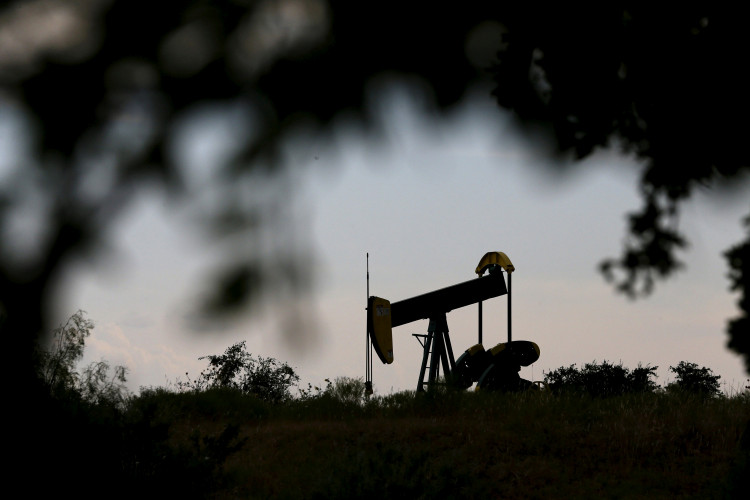Global commodity markets have experienced significant volatility as crude oil and gold prices surged, driven by escalating tensions in the Middle East and the ongoing conflict between Ukraine and Russia. The upward momentum in these markets reflects growing investor concerns over supply disruptions and an increased demand for safe-haven assets amidst geopolitical uncertainty.
On Tuesday, gold futures on the Comex exchange saw a 1.2% increase, nearing the record high of $2,500 per ounce, a level not seen since August. This surge in gold prices underscores the heightened demand for safe-haven investments as military tensions between Israel and Iran continue to escalate. Similarly, crude oil prices also spiked, with Brent and WTI futures rising over 3% to $81.77 and $78.25 per barrel, respectively. These levels represent the highest prices in three weeks, reflecting market fears over potential supply disruptions.
The recent uptick in oil and gold prices is closely linked to geopolitical developments in the Middle East. The U.S. Department of Defense has announced plans to deploy a missile submarine to the region, signaling heightened readiness for potential military action. This move follows Israel's concerns over a possible attack by Iran in response to the assassination of a Hamas leader, further stoking fears of a broader regional conflict. Concurrently, Russia has initiated large-scale evacuations in its Kursk and Belgorod regions as Ukrainian forces advance, adding to the global sense of instability.
Despite the strong gains, both commodities experienced a slight retreat during Wednesday's Asian trading session as risk aversion eased and stock markets rebounded, particularly in Japan. However, analysts suggest that the underlying factors driving the recent surge in prices-geopolitical tensions and supply concerns-are likely to sustain the bullish trend in both gold and oil.
Gold's Safe-Haven Appeal Strengthens
Gold's rally appears poised to continue, bolstered by several factors that are enhancing its appeal as a safe-haven asset. The ongoing geopolitical turmoil has led investors to seek refuge in gold, particularly as equity markets, including technology stocks, face increased volatility. Additionally, the risks of a broader conflict in the Middle East are expected to keep precious metals in demand.
Macroeconomic conditions are also contributing to gold's upward trajectory. As inflation cools and central banks, particularly the U.S. Federal Reserve, are expected to ease interest rate hikes, the U.S. dollar could face downward pressure, further supporting gold prices. The growing fears of a recession, highlighted by softening U.S. economic data, are also making gold an attractive investment for those looking to hedge against economic uncertainty.
Oil Markets Respond to Supply Concerns
In the oil markets, prices have surged over 4% in the past week, driven by concerns over supply shortages and escalating Middle East tensions. The upcoming inventory data from the U.S. Energy Information Administration (EIA) will be crucial in determining future price trends. With U.S. stockpiles having decreased for six consecutive weeks, the market is closely watching for signs of further declines that could push prices higher.
OPEC+ production cuts are another key factor influencing oil prices. The organization, which accounts for over 37% of global oil supply, has extended production cuts of 3.66 million barrels per day until the end of 2025, with additional voluntary cuts continuing until September this year. These measures have already reduced global oil inventories, and traders are responding to bullish technical signals, such as a double-bottom pattern in oil futures price charts, which suggest further gains ahead.
While oil prices experienced a brief decline after a five-day rally, driven by concerns of a surplus if OPEC+ adds barrels as planned, the broader market sentiment remains positive. The International Energy Agency's (IEA) recent report warning of potential inventory declines in the final quarter has added to the uncertainty, suggesting that supply pressures may persist.
The situation in the Middle East continues to be a major influence on oil prices. Any escalation in the conflict, particularly involving Iran, could lead to further price increases as markets react to the potential for significant supply disruptions. Analysts note that the recent surge in oil prices is also supported by strong timespreads, with the gap between Brent's two nearest contracts widening, indicating underlying strength in the market.






